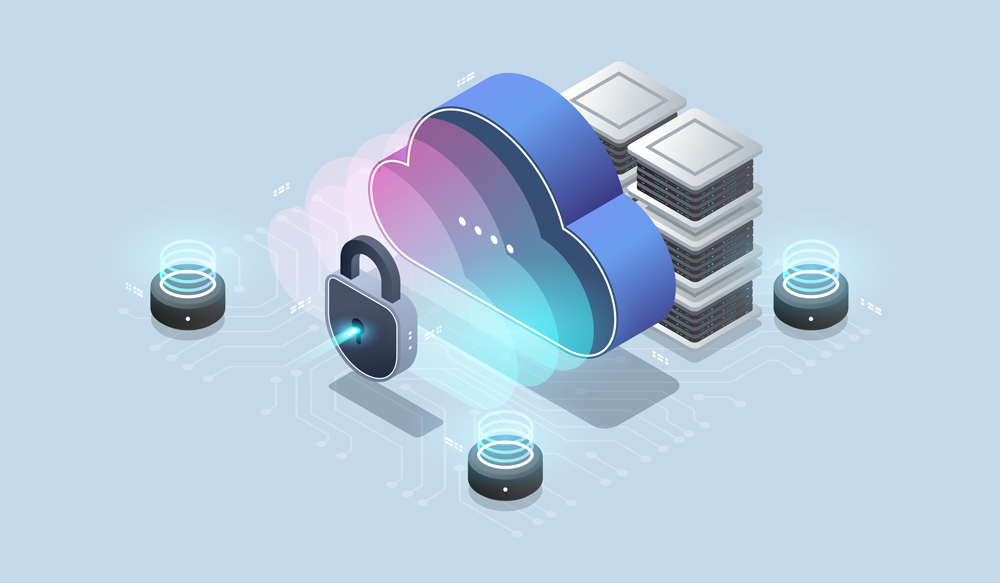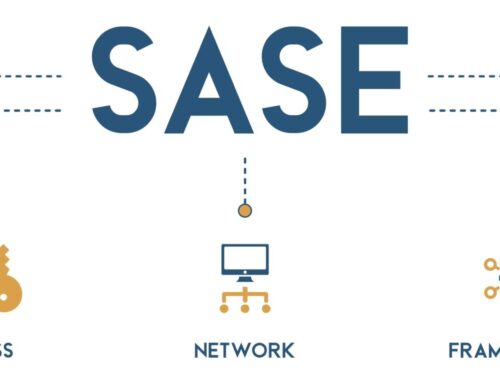Cloud data storage not only is convenient, allowing users to access information from any location at any time — it also holds the responsibility and the potential for optimal data security. As more businesses move some or all of their data to the cloud, the question of security necessarily rises. What’s important to remember is that security solutions are highly individual, not one-size-fits-all. How can you tell if yours measures up?
Security audits
It’s impossible to keep track of exactly what your security system is doing at all times. To fully understand your current needs, it’s important to conduct an audit of your system.
A cloud audit is a routine checkup you’ll do with your vendor. You’re in control, and your goal is to make sure your vendor is following best practices and meeting your needs. The auditor can be an independent third party or someone from your internal IT department, as long as they have the proper certifications. The auditor should follow guidelines specified by the Cloud Security Alliance.
The goal of an audit is to determine the effectiveness of your existing system and identify areas for improvement or potential risk. This is done by:
- Examining documents and on-site security
- Conducting interviews
- Analyzing the results with an expert’s eye
Once you have that understanding and know your system’s weaknesses, you can start to plan ahead and shore up any risk points.

Smart security policy
You’ve identified a weakness. It could be anything, but for the sake of illustration, let’s use one of the most common: access control. Some parts of the data center are only for authorized employees. Your auditor says your access control issue is coming from an outdated keycard system, but it’s coinciding with a higher cyberattack risk. If security isn’t tight on-site, then you don’t know who has access to your servers.
You’ve just identified the purpose of your new security policy. That’s step one. Next, we need to think about a solution.
What laws might apply? How does the team feel, and how likely are they to comply? How would this solution affect your budget or your company values? Maybe an updated access card system will solve the problem, but this could also require higher surveillance and increased security personnel. Which option would be the most cost effective?
Be sure to discuss the options with key stakeholders and document your decisions.
Implementation
You’ve met, you’ve budgeted, and you’ve decided on updating the locks and the hierarchy system. You’ve made sure the new system you’ve chosen is clearer about roles. Employees are less likely to enter places they shouldn’t, and it’s unlikely someone else could get in at all. It’s a great system — and a great fit for you.
Now it’s time to implement it.
Your high-level access requirements need to translate down to individual workers during their daily routines. These can be a bit abstract and can often disrupt people’s established routines. You must communicate the changes clearly and consistently. Ideally, they should fit simply into an employee’s daily routines.
Security is only as strong as the employees’ compliance. Everyone understanding the new rules keeps your servers safe and secure.
Smart security is about designing the right solution for the problem. Keeping your security system regularly audited and updated is one of the most important parts of cloud data storage. Visit nccdata.com to learn more about smart security.






Leave A Comment